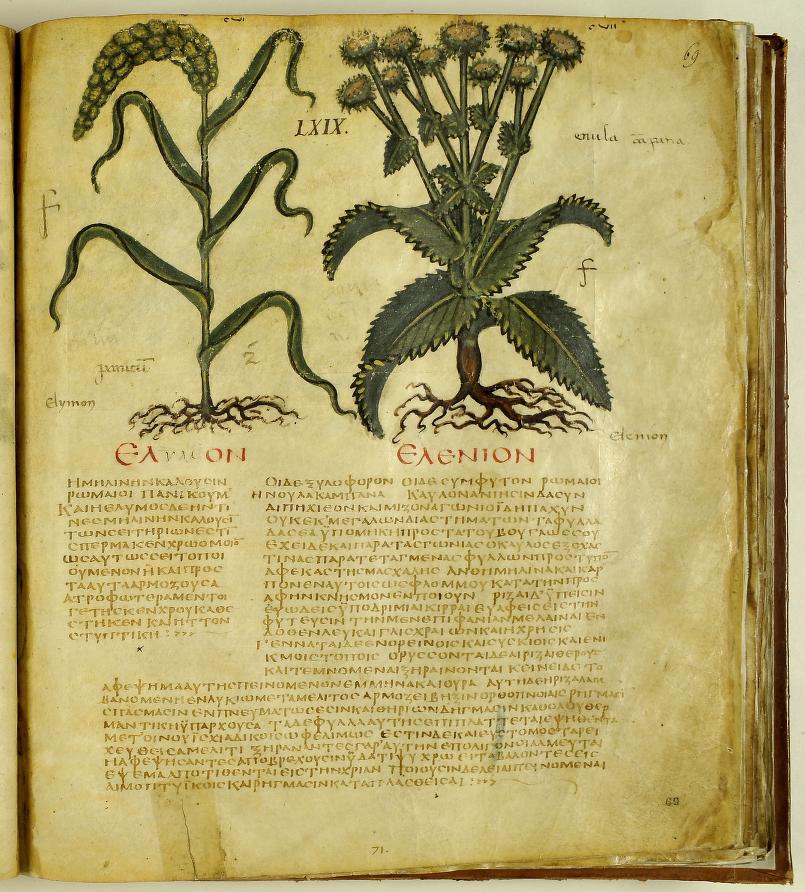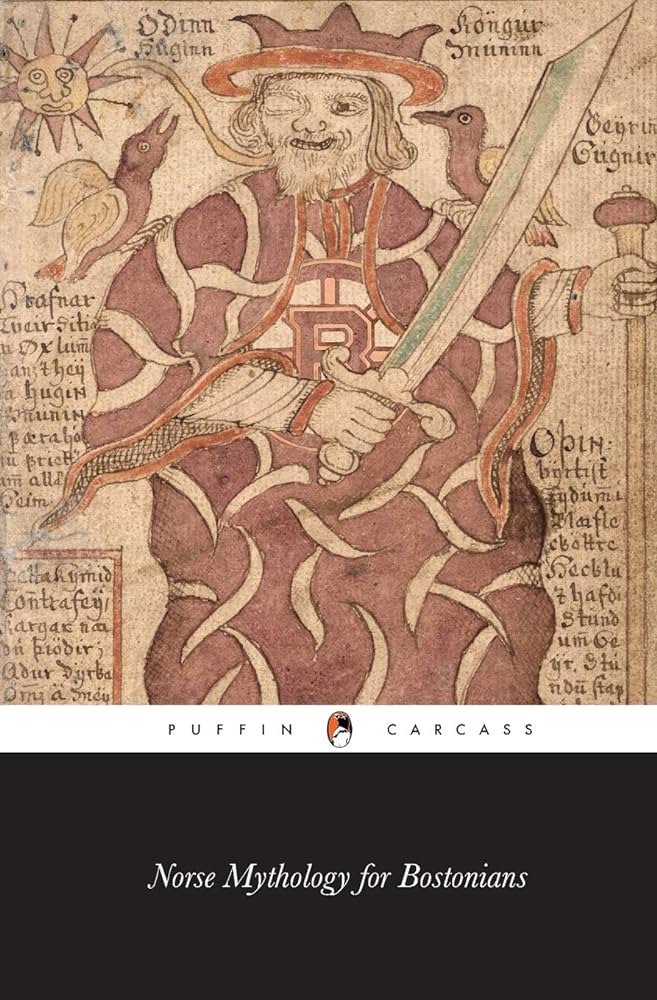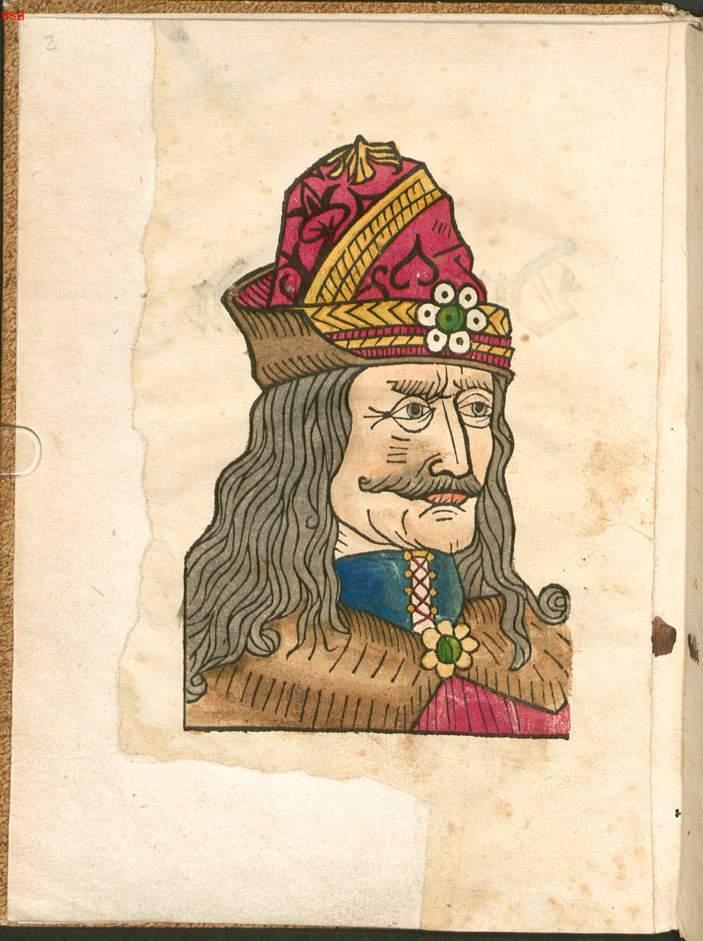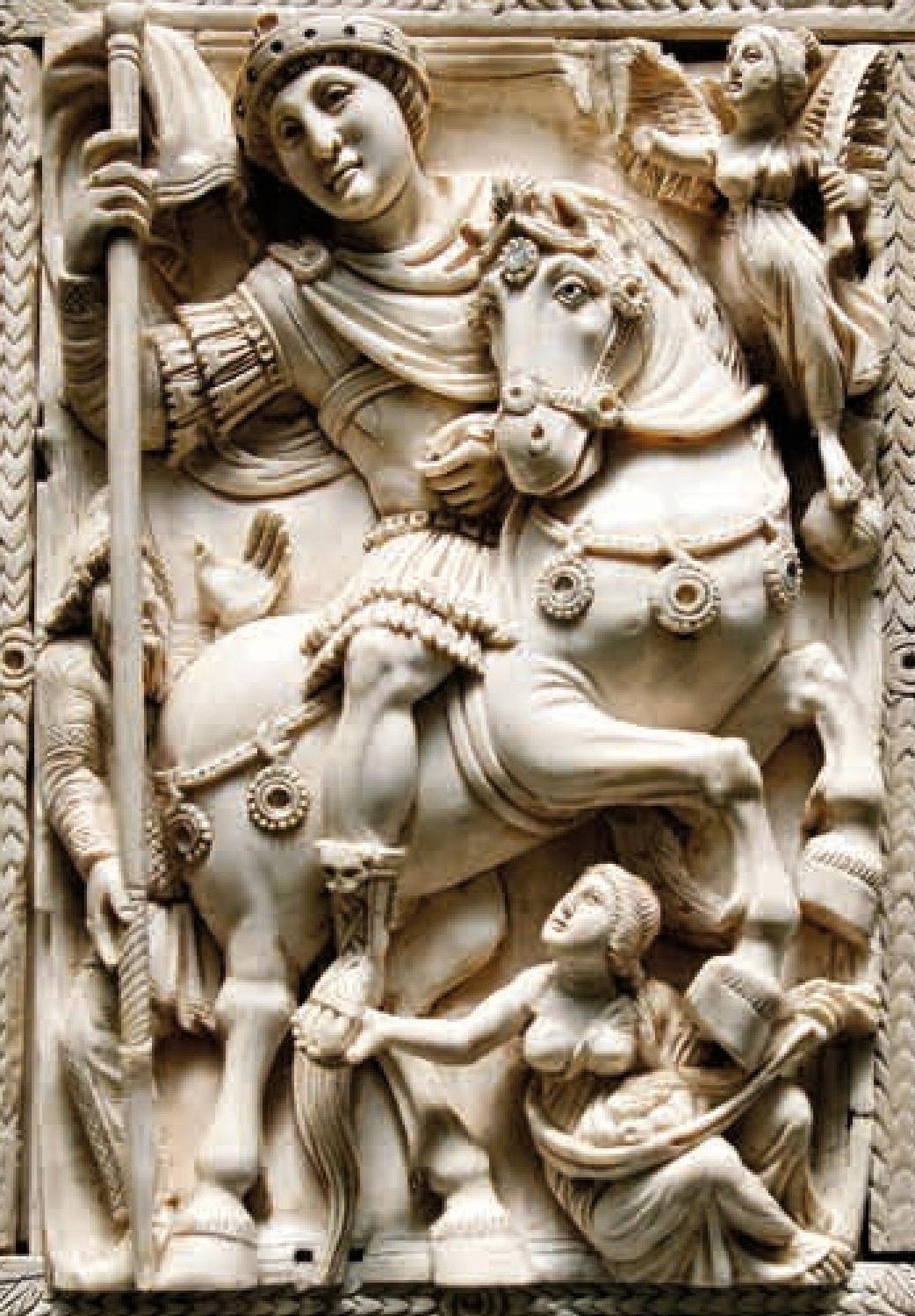MW IV.3
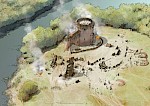 During the course of this week, Medieval Warfare IV.3 will arrive at our office and shipped to contributors and buyers. The issue’s theme is the First Scottish War of Independence, focusing mostly on military events in Scotland between the start of the war in 1296 and the Battle of Bannockburn in 1314 (though the war would officially last for another 14 years). Once again, we have selected a number of interesting article for you, and by cooperating with the new Battle of Bannockburn Visitor Centre, we have been able to acquire new and unique image material to illustrate the magazine, aside from the work of several of our talented artists.
During the course of this week, Medieval Warfare IV.3 will arrive at our office and shipped to contributors and buyers. The issue’s theme is the First Scottish War of Independence, focusing mostly on military events in Scotland between the start of the war in 1296 and the Battle of Bannockburn in 1314 (though the war would officially last for another 14 years). Once again, we have selected a number of interesting article for you, and by cooperating with the new Battle of Bannockburn Visitor Centre, we have been able to acquire new and unique image material to illustrate the magazine, aside from the work of several of our talented artists.
The theme is introduced by Arnold Blumberg, who covers the years leading up to the conflict, as well as how the war would be renewed only a few years after it ended. Edward I ‘Longshanks’ skillfully managed to get a firm grip on Scottish affairs by taking advantage of the lack of an heir, but his actions would lead to a lot of opposition from nobles and ‘commoners’ alike. After many English successes, Robert the Bruce took over the throne, and during a long campaign was able to oust the English from Scotland. Before Robert would become the main opponent of the English, Scottish resistance was led by William Wallace. However, many of the stories circulating around this man have been either invented or taken from other important figures in Scottish history, as is discussed by Murray Dahm in his article on Blind Harry, the main source for the scrambled Wallace-image famous today.
Wallace and Robert the Bruce, as well as other main Scottish commanders, had some successes on the battlefield, but they were far better in using guerilla tactics, taking advantage of the local terrain, hit and run tactics, and the long supply lines of the English. Sidney Dean has written down the major characteristics and some examples of the tactics of Scottish commanders during the conflict. In addition, Vassilis Pergalias discusses that the war was mostly a conflict of siege and counter-siege, a prime example of which was the siege of Bothwell castle. However, in the end, the Scots had to tackle the English on the field in order to win the war. As Stephen Bennett shows in his article on Wallace’s battles, William Wallace was the first to win such a battle at Stirling Bridge, but his second attempt met with disaster at Falkirk. It would be up to Robert the Bruce, later crowned king of Scotland, to lead the Scots to victory at Bannockburn. The lead up to the battle, and the battle itself, are covered by Owen Rees in the main article of the issue. He shows how the superior English army led by King Edward II was soundly defeated by Scottish tactics devised by the Bruce. How superior the English army was is discussed and digitally illustrated in the article of Tobias Capwell, who has helped the Bannockburn Visitor Centre with their reconstructions. In his article, he compares the equipment of the knights from both sides. The equipment of the infantry has been left out of this draft, and instead will be covered in an online article which will be available for free on our website during the course of the next two weeks.
 MW IV.3 also contains some non-theme articles. In this issue, we have started with a first article in a series on medieval-style blacksmithing, in this case written by armourer Graham Ashford, who takes a look at how to craft a greave. Martin Mino takes a closer look at Great Moravia, and its end at the Battle of Bratislava at the beginning of the tenth century. Last, but certainly not least, Filippo Donvito discusses the brilliant tactics of two of the last condottieri during the Italian Wars, at a time when the use of condottieri was supposed to be in decline.
MW IV.3 also contains some non-theme articles. In this issue, we have started with a first article in a series on medieval-style blacksmithing, in this case written by armourer Graham Ashford, who takes a look at how to craft a greave. Martin Mino takes a closer look at Great Moravia, and its end at the Battle of Bratislava at the beginning of the tenth century. Last, but certainly not least, Filippo Donvito discusses the brilliant tactics of two of the last condottieri during the Italian Wars, at a time when the use of condottieri was supposed to be in decline.
Shown here are some of the images (in low resolution) which appear in the issue. Make sure you don’t miss Tobias Capwell’s reconstructions, which, unless you have already visited the Battle of Bannockburn Visitor Centre, offer new insights in equipment at the time.
As always, if you order a subscription or a single copy of the issue before it will arrive at our office, you will benefit from a 15% discount. Make sure you order soon, as the discount will expire the moment the issue arrives, probably in the early hours of Wednesday 4 June.

